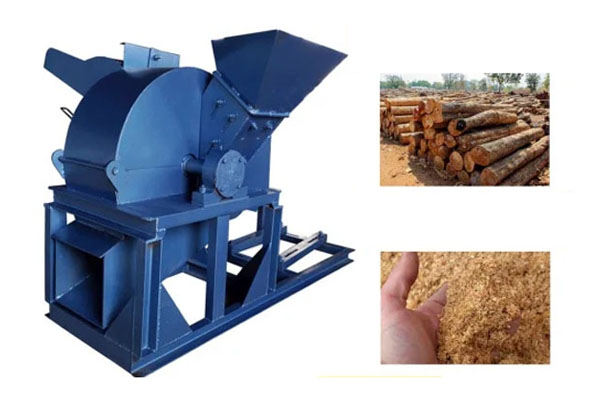
Biomass Coarse Crusher
Crushing various forms of biomass raw materials (such as whole bales of straw, tree branches, trunks, sugarcane bagasse, etc.) into ideal particle sizes for subsequent processing
Price: $600-$9,800
Output: 5-40t/h
Inlet size: ≤1000mm
Outlet size: 1-150mm
What is Biomass Coarse Crusher?
Biomass Coarse Crusher is a special equipment for preliminary crushing of biomass materials. It crushes various biomass raw materials to the required particle size through high-speed rotating blades or hammers to achieve material pretreatment. Its core function is to coarsely crush larger biomass raw materials to facilitate subsequent transportation, storage and deep processing, reduce the bulk density of materials and improve utilization efficiency. It can crush a variety of biomass raw materials such as straw (corn stalks, straw), branches, wood chips, bagasse, rice husks, etc., to adapt to the fiber structure of different materials. The crushing capacity of the equipment can reach 0.5-5 tons per hour depending on the model, and the crushing particle size is usually controlled within the range of 10-50mm. It can meet the coarse crushing needs in the fields of biomass fuel, organic fertilizer production, papermaking, etc., and provide basic pretreatment support for the utilization of biomass resources.
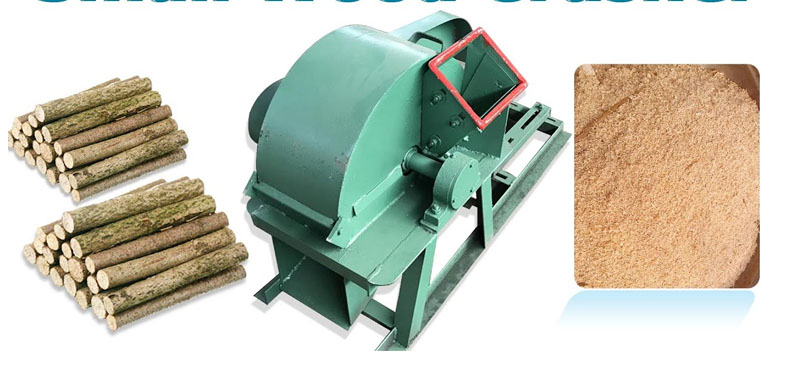
Biomass Coarse Crusher is used to crush the powder and granular biomass discarded from lumber mills. Due to the diversity, strong fiber content and humidity of biomass, different requirements are placed on the crusher. For example, high-fiber materials require shear crushing, hard fruit shells require high-torque hammer crushing, and high-humidity materials require anti-clogging design. It is widely used in biomass power generation, fuel preparation and organic fertilizer production.
What types of Biomass Coarse Crusher are there?
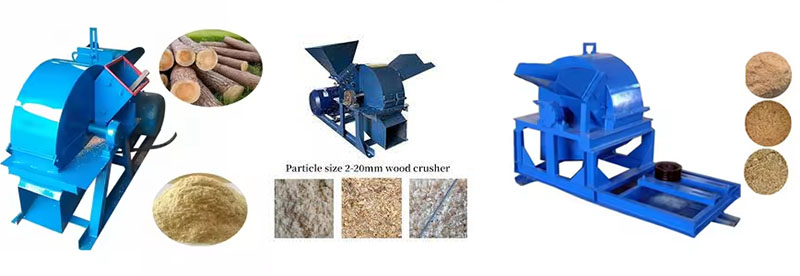
| Type | Applicable raw materials | Discharge size (mm) | Processing capacity (t/h) | Power (kW) | Main features |
| Biomass Coarse Crusher with dual-axis shearing | Tree roots, logs, bundles | 50-150 | 15-40 | 132-160 | High crushing force, anti-entanglement, processing complex raw materials |
| Single-axis roller-cut Biomass Coarse Crusher | Straw, branches, bulk materials | 20-100 | 5-20 | 45-110 | Simple structure, easy maintenance, low cost |
| Hydraulic Biomass Coarse Crusher | Tree stumps, building templates | 100-200 | 10-30 | 160-250 | High torque, suitable for extremely hard materials |
| Mobile Biomass Coarse Crusher | Garden waste, branches | 50-150 | 10-30 | 132-180 | High mobility, fast deployment |
What are the advantages of Biomass Coarse Crusher?
Biomass Coarse Crusher can efficiently crush a variety of biomass raw materials such as straw, branches, and wood chips, regardless of the moisture content (≤20%) and fiber structure differences of the materials, and meet the pre-processing needs of fuel, organic fertilizer and other fields. The crushing efficiency is outstanding, with an hourly crushing capacity of 0.5-5 tons. With an adjustable particle size design of 10-50mm, it can not only quickly process bulk materials, but also accurately control the crushing coarseness by replacing the screen. The equipment adopts wear-resistant alloy blades/hammers and high-strength cavity structure, which has strong impact resistance and convenient maintenance. The replacement of wearing parts is simple, reducing downtime losses. It has a high degree of automation and can be connected to the conveyor line to realize assembly line operation. It is equipped with an overload protection system, and its operation is safe and stable. Compared with traditional crushing equipment, it can better balance efficiency and cost, and provide reliable front-end processing guarantees for the utilization of biomass resources.
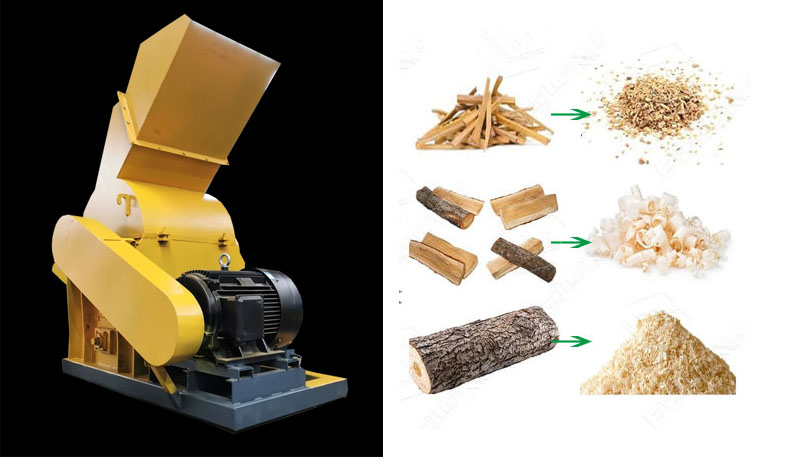
Performance comparison between Biomass Coarse Crusher and traditional crushing equipment
| Comparison items | Our biomass coarse crusher | Traditional crushing equipment | Advantages |
| Processing efficiency | Increase by more than 30% | Benchmark level | Higher output at the same power |
| Tool life | 600-800 hours | 300-400 hours | Reduce replacement frequency and cost |
| Energy consumption level | Reduce by 15-20% | Benchmark level | Long-term operating cost savings |
| Noise control | <85 dB | 90-95 dB | Improve working environment |
| Maintenance time | Reduced by 70% | Benchmark level | Improve equipment utilization |
| Intelligent monitoring | Real-time monitoring and early warning | No or basic monitoring | Reduce unexpected downtime |
How does Biomass Coarse Crusher work?
When Biomass Coarse Crusher crushes biomass, raw materials such as straw and branches are manually put into the feed port and sent to the crushing chamber through the conveying device. The high-speed rotating blades or hammers impact and shear the materials, and the interaction between the tooth plate and the hammer further refines the materials. During the crushing process, materials that meet the particle size requirements are discharged through the screen, and larger particles are continued to be crushed until they meet the standards. The entire process can operate continuously, and the crushing particle size can be controlled by adjusting the screen aperture to adapt to the pretreatment requirements of different biomass raw materials and achieve efficient coarse crushing.
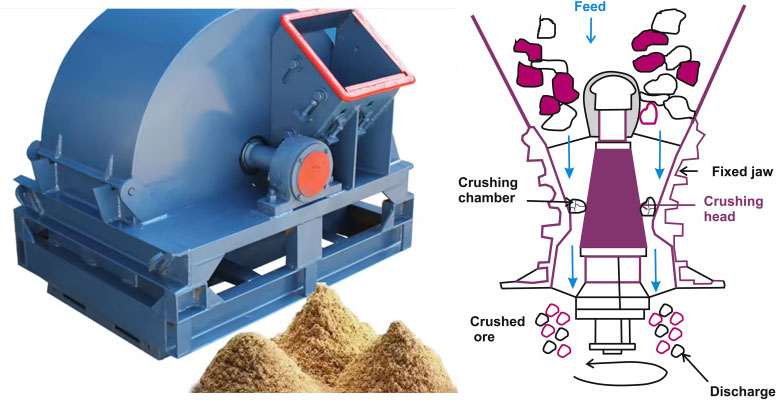
Biomass Coarse Crusher Parameters
| Parameter category | Dual-axis shearing type | Single-axis roller cutting type | Hammer type | Two-stage crushing system |
| Processing capacity (t/h) | 5-15 | 3-10 | 0.2-10 | 20-40 |
| Feed size (mm) | ≤1000 | ≤800 | ≤50 | ≤1000 |
| Discharge size (mm) | 50-100 (adjustable) | 80-150 | 1-10 (adjustable) | 20-50 |
| Motor power (kW) | 55-160 | 75-132 | 22-160 | 90+55 |
| Equipment weight (t) | 8-20 | 5-15 | 1-8 | 25-40 |
| Applicable raw materials | Whole bales of straw, branches | Tree stumps, hard wood | Loose straw, wood chips | Various mixed biomass |
What are the applications of Biomass Coarse Crusher?
Biomass Coarse Crusher can crush a variety of biomass, including crop straw (corn stalks, rice straw, wheat straw), forestry waste (branches, trunks, wood chips), agricultural processing by-products (bagasse, rice husks, peanut shells), livestock and poultry breeding waste (mixture of livestock and poultry manure and bedding) and organic household waste (garden pruning branches, fruit and vegetable residues), etc. It has a wide range of applications, covering the field of biomass energy (straw biomass pellet fuel), organic fertilizer production (crushing and composting of livestock and poultry manure), papermaking (pretreatment of wood raw materials), edible fungus cultivation (preparation of wood chip base materials) and environmental protection (reduction and treatment of organic waste), providing key support for the pretreatment of biomass raw materials in various industries.
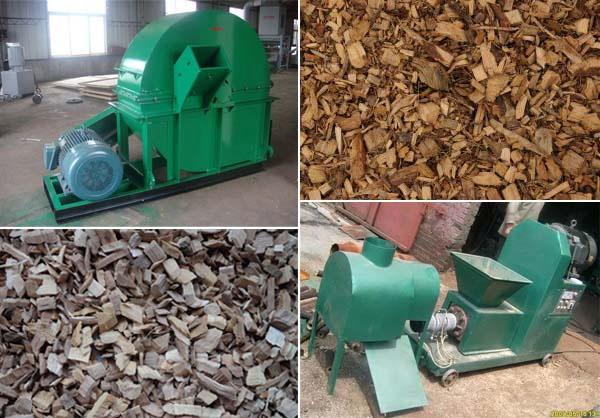
Biomass Coarse Crusher Customer Case
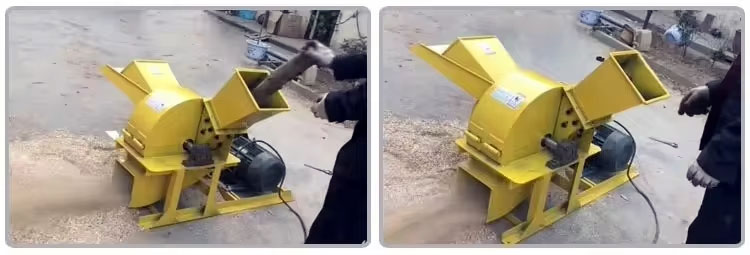
| Application Scenario | Feed Particle Size | Output | Finished Product Particle Size | Equipment Model | Remarks |
| Wood Processing Plant (Waste Wood) | ≤300mm (Branches, Bark) | 3-5 Tons/Hour | 30-50mm | BC-1000 | Moisture content <20%, used for fuel production |
| Straw recycling | <200mm (corn straw) | 2-3 tons/hour | 20-40mm | BC-800 | Dry straw, subsequently used for organic fertilizer production |
| Garden waste processing | <150mm (leaves and branches) | 1-2 tons/hour | 10-30mm | BC-600 | Mixed biomass for composting or incineration |
Biomass Coarse Crusher Manufacturer
Our factory is the premier manufacturer of Biomass Coarse Crusher products. We offer a variety of models, including the HX2000-1000, FD1400-700, and 1300, to meet the needs of crushing a wide range of raw materials, including wood, straw, and building templates. Our models offer outputs ranging from 15 to 45 tons/hour. We support customization, including feed inlet dimensions, blade configuration, and output particle size adjustment, to meet the specific needs of industries like biomass power generation and fuel preparation. We are a factory-direct supplier and provide one-stop services, including installation and commissioning, technical training, and lifetime maintenance.
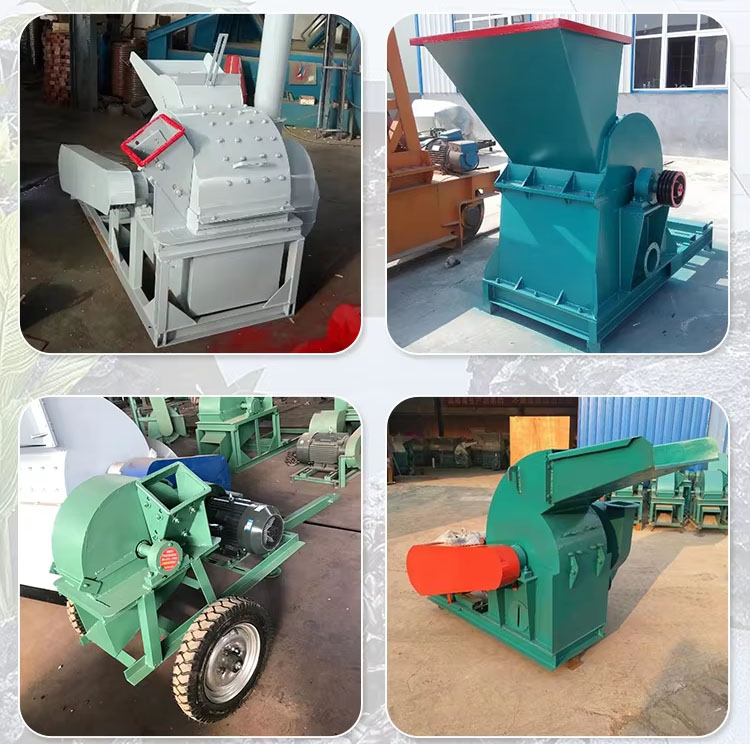
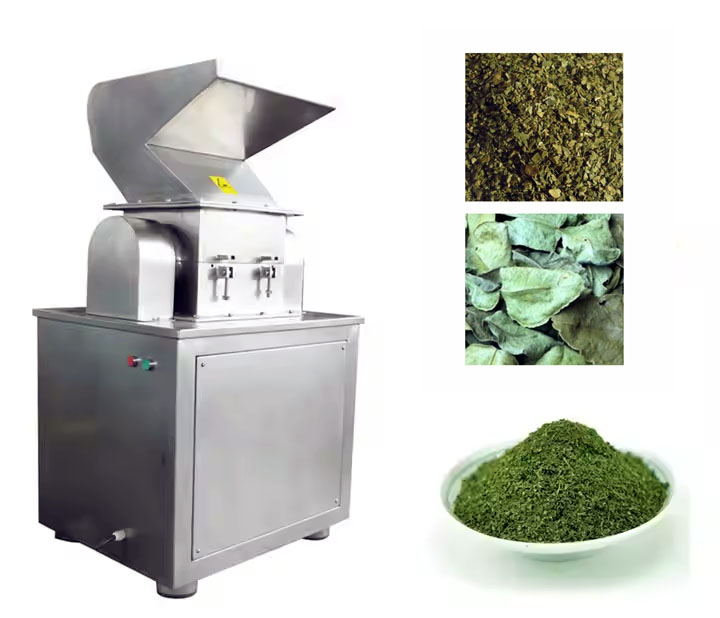 Coarse crusher
Coarse crusher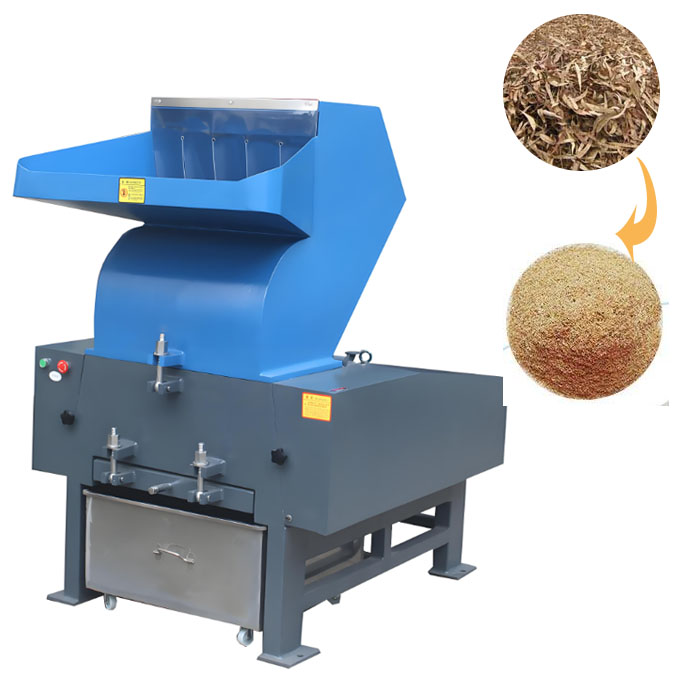 Agricultural Waste Coarse Crusher
Agricultural Waste Coarse Crusher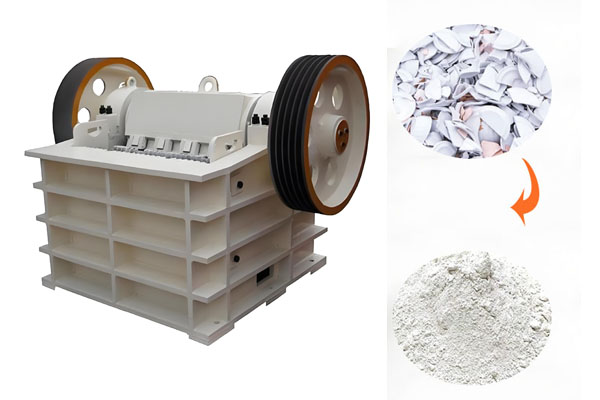
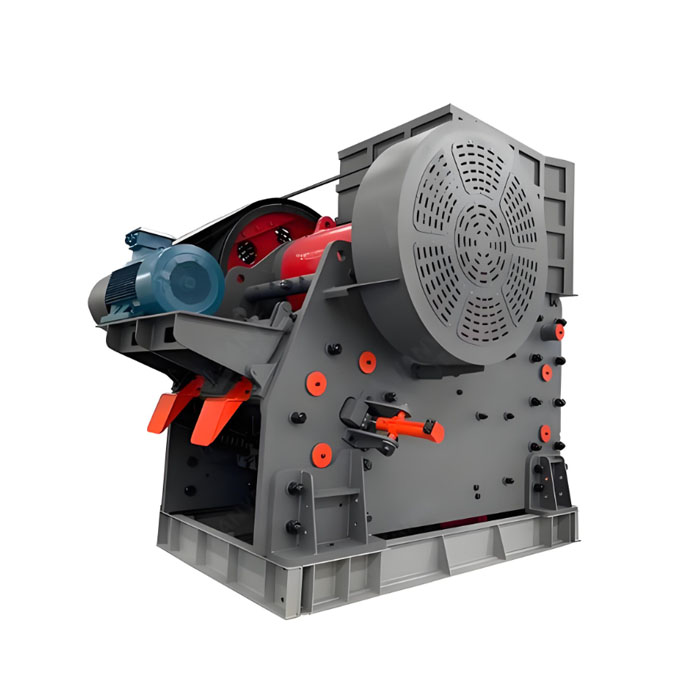 Construction Debris Coarse Crusher
Construction Debris Coarse Crusher